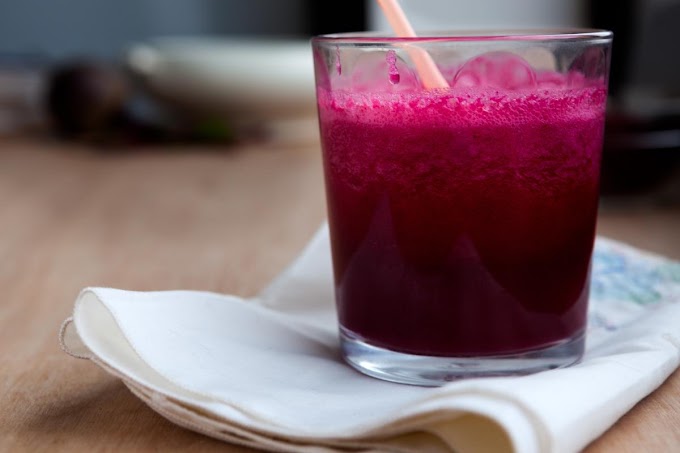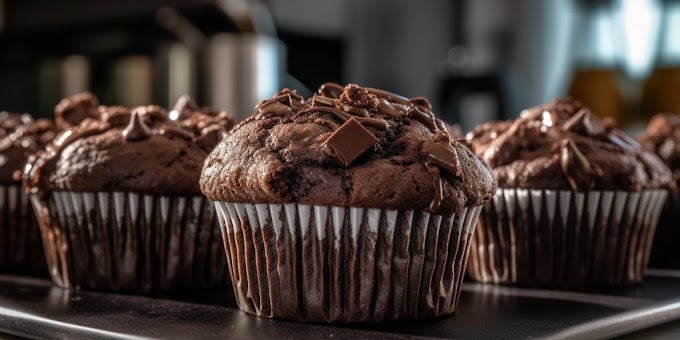Understanding Boneless Pork Chops
Before diving into the cooking methods, it's helpful to understand what boneless pork chops are and why they can be challenging to cook. Boneless pork chops are simply pork loin chops with the bone removed. The pork loin is a lean cut of meat, meaning it has less fat than other cuts, such as pork shoulder or rib chops. While this makes them a healthier option, it also means that they lack the natural moisture and flavor that fat provides.
Because they’re lean, boneless pork chops cook quickly, making it easy to overcook them. Overcooked pork chops can become dry, tough, and less flavorful. To avoid this, it’s important to focus on methods that retain moisture and enhance the flavor of the meat.
Step 1: Choosing the Right Pork Chops
The journey to perfectly moist boneless pork chops starts at the grocery store or butcher. Here are some tips for selecting the best pork chops:
Thickness Matters: Choose pork chops that are at least 1 to 1.5 inches thick. Thicker chops are more forgiving during cooking and less likely to dry out.
Marbling: Look for chops with some marbling (small streaks of fat within the meat). Even though boneless pork chops are lean, a little marbling can enhance the flavor and juiciness.
Freshness: Always opt for fresh, high-quality pork. Fresh pork will have a pinkish-red color and firm texture.
Step 2: Brining – The Secret to Juicy Pork Chops
One of the most effective ways to ensure your boneless pork chops stay moist and flavorful is to brine them. Brining involves soaking the pork chops in a solution of salt and water, which helps the meat retain moisture during cooking. Here’s how to do it:
Basic Brine Recipe:
4 cups of water
¼ cup of kosher salt
¼ cup of sugar (optional)
Optional flavorings: garlic, herbs, peppercorns, bay leaves
Instructions:
In a large bowl, dissolve the salt (and sugar, if using) in the water.
Add any additional flavorings you like.
Submerge the pork chops in the brine, making sure they are fully covered.
Cover the bowl and refrigerate for at least 30 minutes, but no longer than 4 hours.
Remove the pork chops from the brine, rinse them under cold water, and pat them dry with paper towels.
Brining adds extra moisture to the meat and seasons it throughout, ensuring that your pork chops remain juicy after cooking.
Step 3: Seasoning the Pork Chops
After brining, it’s time to season your pork chops. Even though the brine adds some flavor, you’ll want to enhance the taste with additional seasonings. Keep it simple or get creative with a variety of herbs and spices. Here are some classic options:
Salt and Pepper: A simple seasoning of salt and pepper allows the natural flavor of the pork to shine.
Herbs: Rosemary, thyme, sage, and oregano are great herbs to complement pork.
Spices: Paprika, garlic powder, onion powder, and cumin can add depth and complexity to the flavor.
Rub the seasonings evenly over both sides of the pork chops, making sure they’re well-coated.
Step 4: Cooking Methods for Moist Pork Chops
Now that your pork chops are brined and seasoned, it’s time to cook them. There are several methods you can use, each with its own benefits. Below are three popular methods: stovetop, oven-baked, and grilled.
Stovetop Method
Cooking boneless pork chops on the stovetop is quick and convenient, and it gives you great control over the cooking process.
Instructions:
Heat a large skillet over medium-high heat and add a tablespoon of oil (such as olive oil or vegetable oil).
When the oil is hot, place the pork chops in the skillet. You should hear a sizzle—this means the chops are searing properly.
Cook the pork chops for about 3-4 minutes on each side, depending on their thickness. You’re looking for a nice golden-brown crust.
Lower the heat to medium and continue cooking until the internal temperature reaches 145°F (63°C). This is the recommended safe temperature for pork by the USDA. Use a meat thermometer to check the temperature.
Once the pork chops reach the correct temperature, remove them from the skillet and let them rest for 5 minutes before serving. Resting allows the juices to redistribute throughout the meat.
Oven-Baked Method
Baking pork chops in the oven is a foolproof way to ensure even cooking, and it’s perfect for thicker chops.
Instructions:
Preheat your oven to 400°F (200°C).
Sear the pork chops in a hot skillet with oil over medium-high heat for 2-3 minutes per side to get a good crust.
Transfer the pork chops to a baking dish or sheet pan.
Bake in the preheated oven for 10-15 minutes, or until the internal temperature reaches 145°F (63°C).
Let the pork chops rest for 5 minutes before serving.
Grilling Method
Grilling adds a smoky flavor that pairs wonderfully with pork, and it’s a great option for summertime cooking.
Instructions:
Preheat your grill to medium-high heat.
Brush the grill grates with oil to prevent sticking.
Place the pork chops on the grill and cook for 4-5 minutes per side, depending on thickness.
Close the lid and cook until the internal temperature reaches 145°F (63°C).
Remove from the grill and let rest for 5 minutes before serving.
Step 5: Resting the Pork Chops
Regardless of the cooking method you choose, it’s crucial to let the pork chops rest after cooking. Resting allows the juices to redistribute within the meat, ensuring every bite is moist and flavorful. Let the pork chops rest for about 5 minutes, loosely covered with aluminum foil.
Additional Tips for Moist Pork Chops
Don’t Overcook: The most common mistake with boneless pork chops is overcooking. Remember, the target internal temperature is 145°F (63°C). Anything beyond that can result in dry meat.
Use a Meat Thermometer: A meat thermometer is your best friend when cooking pork chops. It takes the guesswork out of determining doneness.
Consider Marinating: If you don’t have time to brine, a quick marinade can also add flavor and moisture to your pork chops. A mix of olive oil, lemon juice, garlic, and herbs works well.
Conclusion
Cooking moist boneless pork chops doesn’t have to be a challenge. By selecting the right chops, brining them, seasoning well, and using the appropriate cooking method, you can enjoy tender, juicy pork chops every time. Whether you’re cooking on the stovetop, in the oven, or on the grill, these tips and techniques will help you achieve pork chop perfection. So next time you’re planning a meal, don’t hesitate to add boneless pork chops to the menu—they’re sure to be a hit!








Social Plugin